Few days out in the countryside can beat a visit to a local nature reserve. There are hundreds of them throughout the UK, each offering its own unique blend of landscapes, wildlife and walks.
These protected areas – looked after by a variety of conservation organisations, including the National Trust and the National Trust for Scotland, the RSPB and the Wildlife Trust – are a joy whatever time of year you visit. Wander among swathes of bluebells in spring, marvel at fledging seabirds in summer, and experience stunning starling murmurations in autumn and winter.
From Attenborough Nature Reserve near Nottingham and Beinn Eighe in the Highlands to Wyming Brook on the edge of Sheffield and Kenfig in Glamorgan, this BBC Countryfile Magazine guide reveals some of the best nature reserves to visit in the UK for walks and wildlife watching.
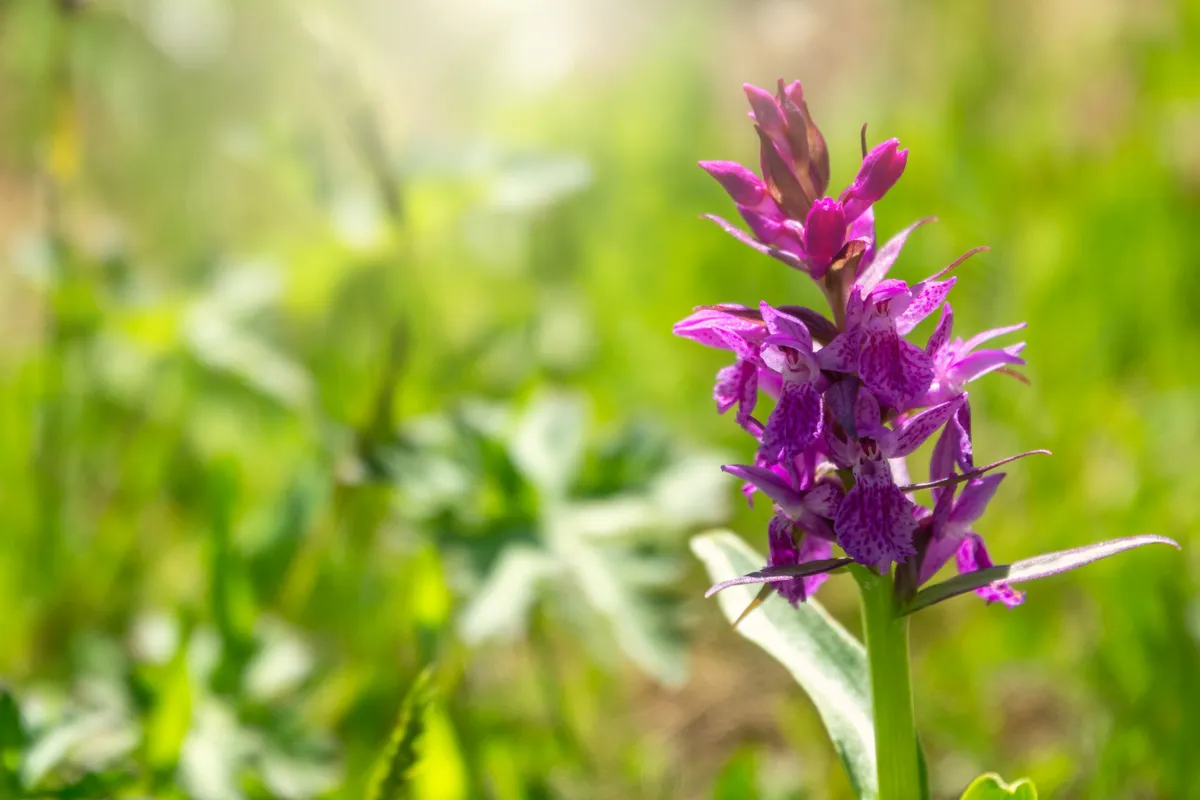
What is a nature reserve?
Nature reserves are areas where wildlife, plants and animals are protected to allow them to thrive.
In 1912 Charles Rothschild founded the Society for the Promotion of Nature Reserves (which later became The Wildlife Trusts), and first proposed the idea of seeking out the best places for wildlife in Britain, promoting them as ‘nature reserves’.
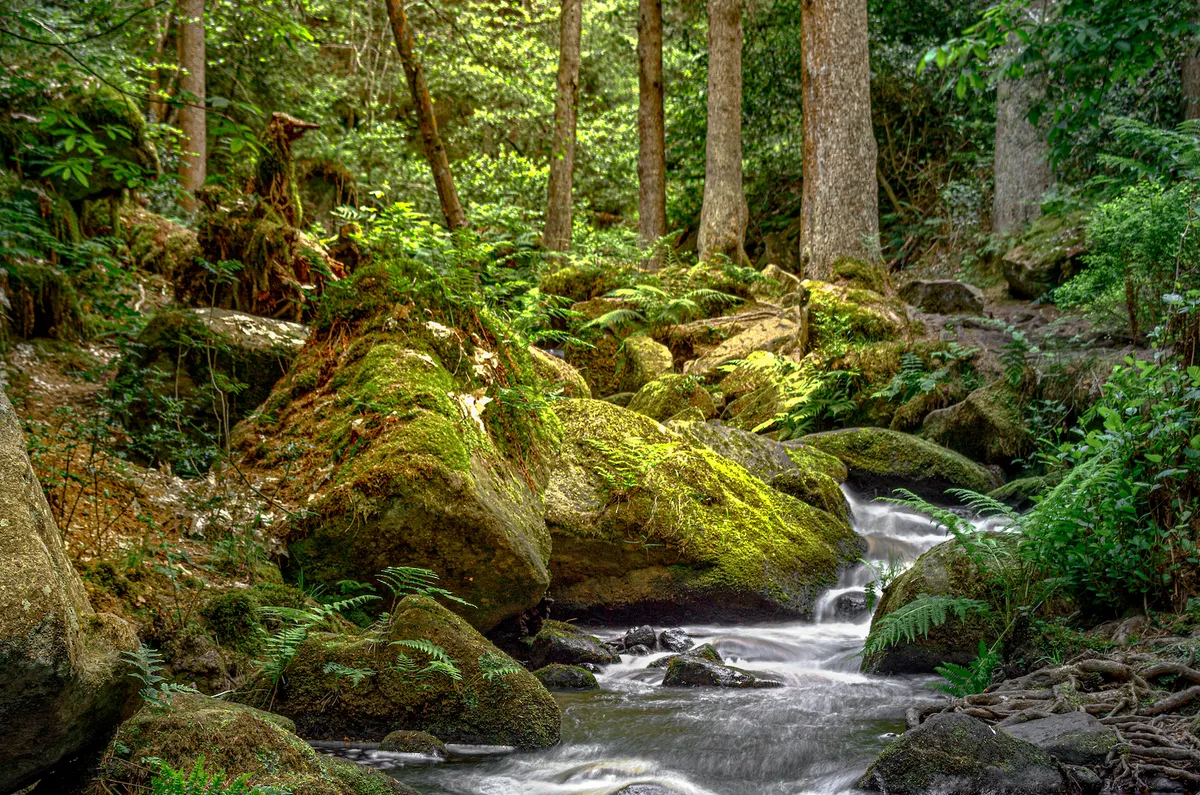
How many nature reserves are there in the UK?
There are currently 224 NNRs in England with a total area of over 94,400 hectares - approximately 0.7% of the country’s land surface. The largest is The Wash covering almost 8,800 hectares, while Dorset’s Horn Park Quarry is the smallest at 0.32 hectares, according to Natural England.

England's best nature reserves
Rutland Water, Rutland
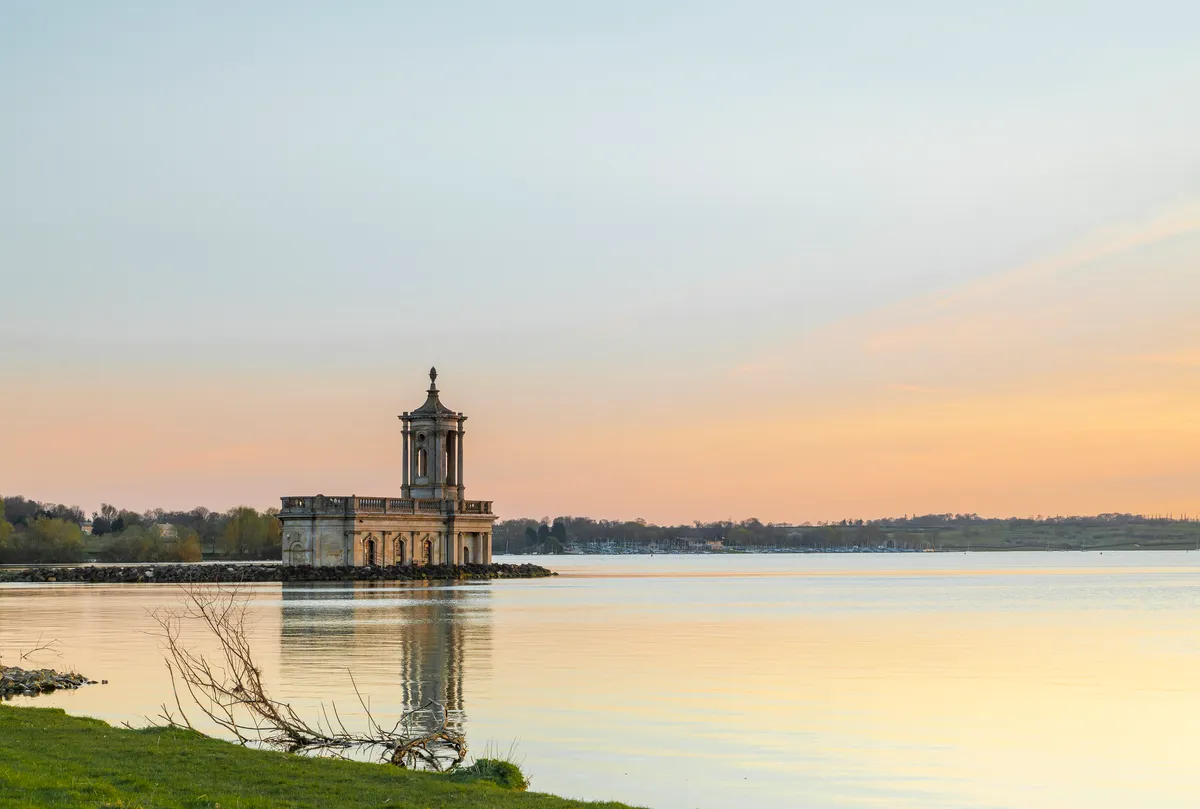
Set in the heart of the East Midlands, Rutland Water is one of the largest man-made lakes in Europe. Created in the 1970s, the reservoir serves the Peterborough area with drinking water and is also home to an internationally renowned nature reserve.
Managed by the Leicestershire and Rutland Wildlife Trust, the site has been instrumental in re-launching the British osprey population and is home to the first Ospreys to breed in Britain for 150 years, in a scheme that began almost two decades ago.
Wyming Brook, South Yorkshire
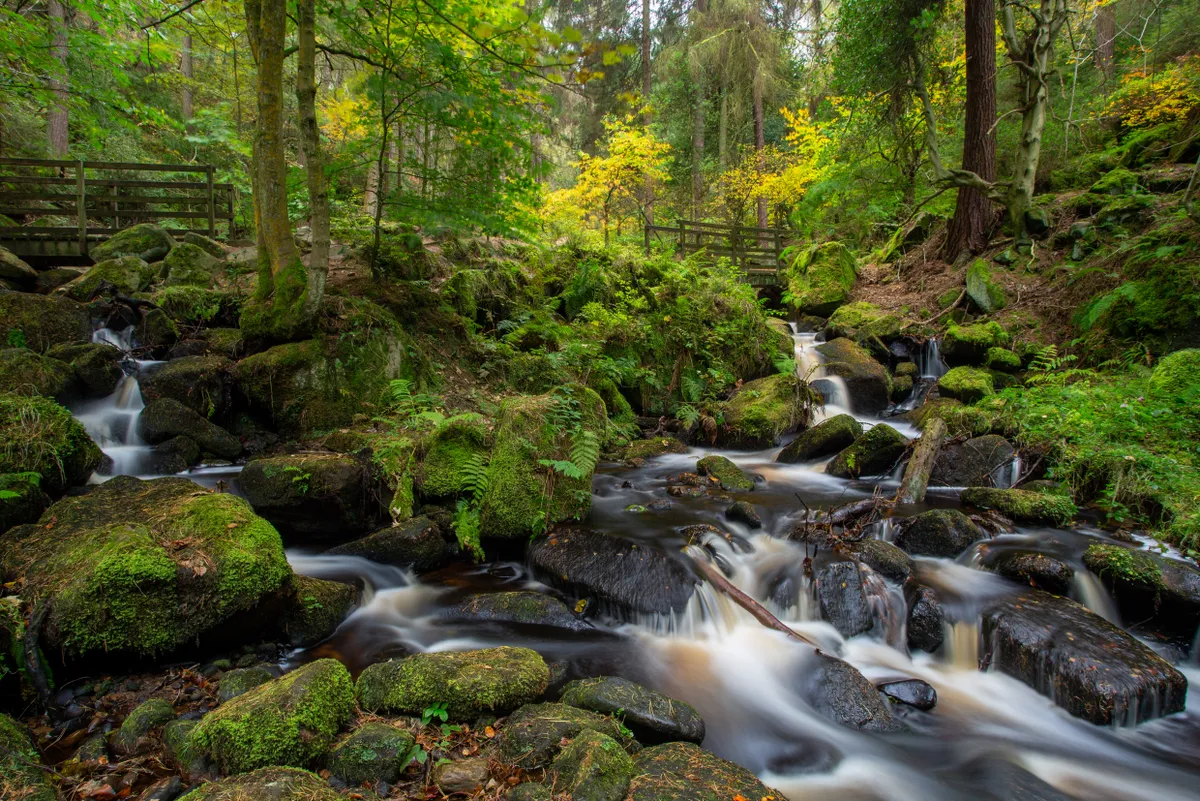
In the care of Sheffield and Rotherham Wildlife Trust, Wyming Brook's mixed woodland of birch and oak alongside soaring pine, spruce and larch attracts an orchestra of birdsong in spring and summer.
Walking down through The Drive, the scent of pine and babble of brook fills the air. Evergreens cling to mossy crags and the sides of the ravine plunge to the river below. Prepare to be bewitched on this short two-mile ramble.
Gibraltar Point, Lincolnshire
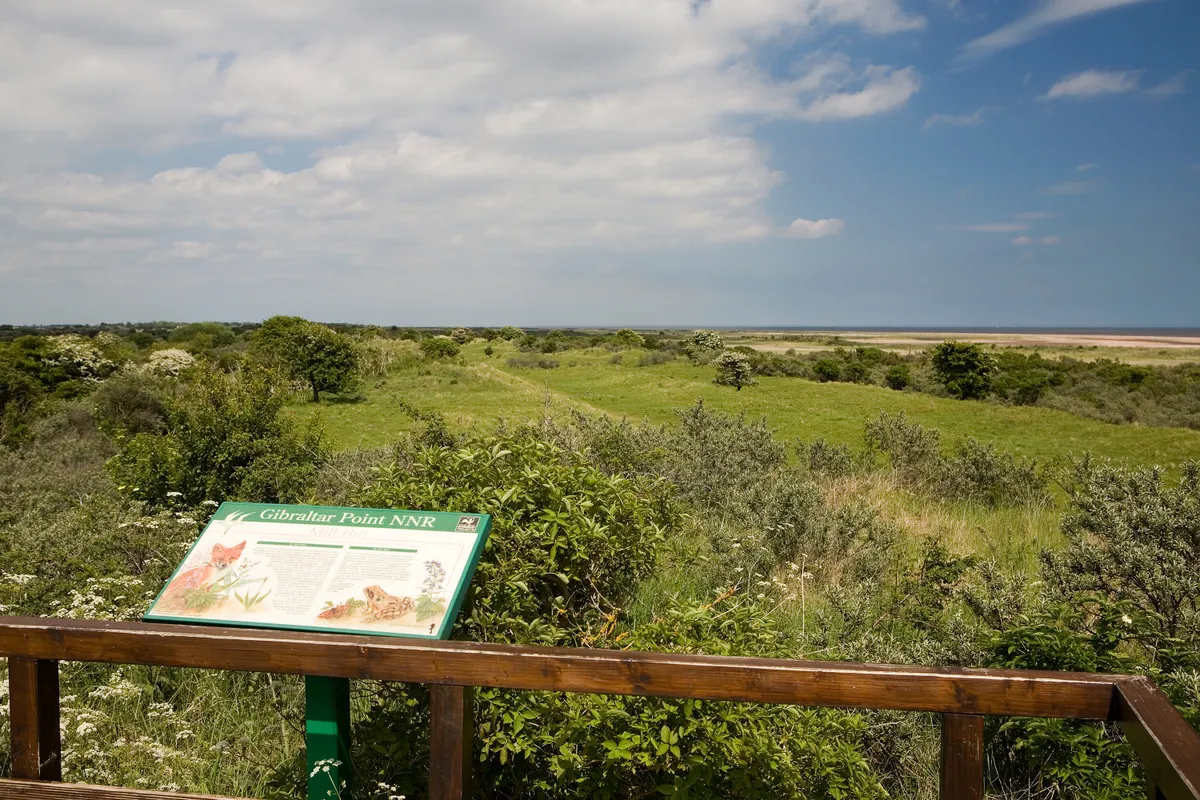
A rugged, windswept stretch of the Lincolnshire coastline, the spectacular landscape of Lincolnshire Wildlife Trust’s Gibraltar Point is rivalled only by the scale and variety of birds that can be seen here during spring and autumn migration.
October is one of the most exciting months to visit, and there’s no better place to start than the visitor centre’s rooftop viewpoint. With so much sky on show, it’s a great spot to search for birds of prey. The slender shape of a merlin, or the stiff, deliberate wingbeats of a short-eared owl could be glimpsed above the saltmarsh, and rarer visitors include the threatened hen harrier. Look, too, for common seals hauled out along the river, with hundreds more on the sandbanks offshore.
Hides look out over freshwater pools, where wildfowl and waders can be seen close-up. Wigeon dabble in the open stretches, dwarfed by the majestic whooper swans that sometimes stop off on their southward migration. A few late dragonflies shimmer along the margins, common darters and migrant hawkers the most likely to be seen.
Blacka Moor, Sheffield

As the sun slowly rises above the heather on Sheffield and Rotherham Wildlife Trust’s Blacka Moor, a ferocious roar fills the still morning air. A tall shadow emerges from the distant gloom, a jagged skeleton of antlers rising from its head. The stag throws back his head and bellows again, his breath erupting in a cloud. A challenge to every other male on the moor. The males compete for a harem of females, rivals coming to blows when posturing isn’t enough to settle the dispute.
Early mornings offer the best chance of a bellowing stag, but always enjoy the rut from a safe distance and leave dogs at home or on a lead. Pumped full of testosterone, rutting stags can be highly aggressive.
Between the birches, look for the fairytale figures of fly agaric fungi, white-spotted red caps delicately balanced on slender stalks. The archetypal toadstool, these beautiful mushrooms are actually poisonous. Careful searching on Strawberry Lee Pastures could reveal the macabre scarlet caterpillar club fungus, growing from the subterranean remains of a caterpillar or pupa.
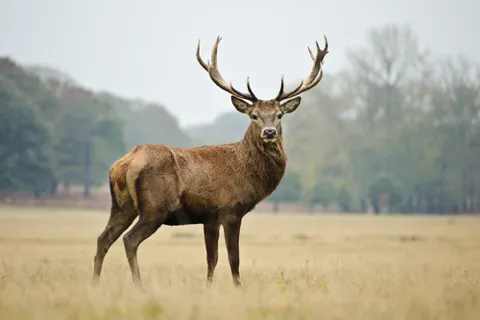
Pensthorpe, Norfolk
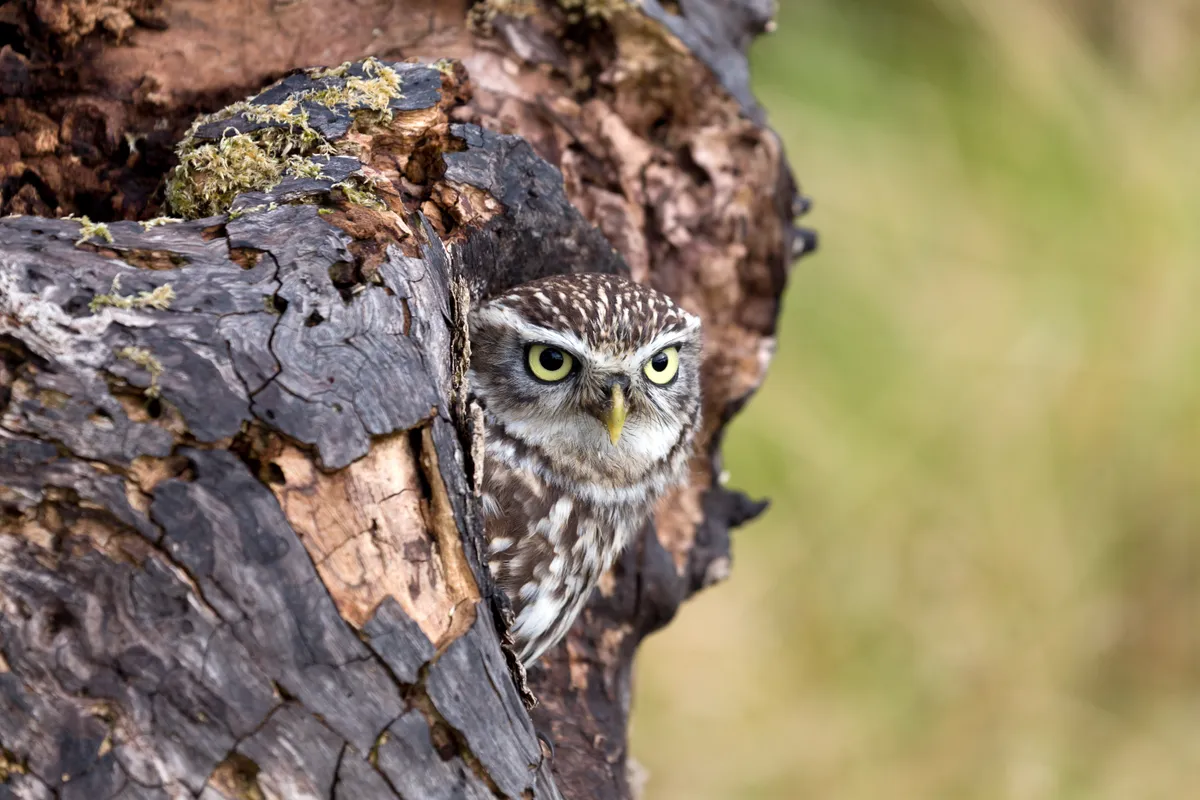
The East Anglian nature park of Pensthorpe stretches over 600 acres either side of the River Wensum near Fakenham and focuses its conservation efforts on the breeding of endangered and threatened species and habitat restoration. In 2004 the River Wensum was made a European Special Area Of Conservation to protect the wildlife there.
What is a national park?
In the UK, national parks are protected areas set aside for their beautiful countryside, wildlife and cultural heritage.
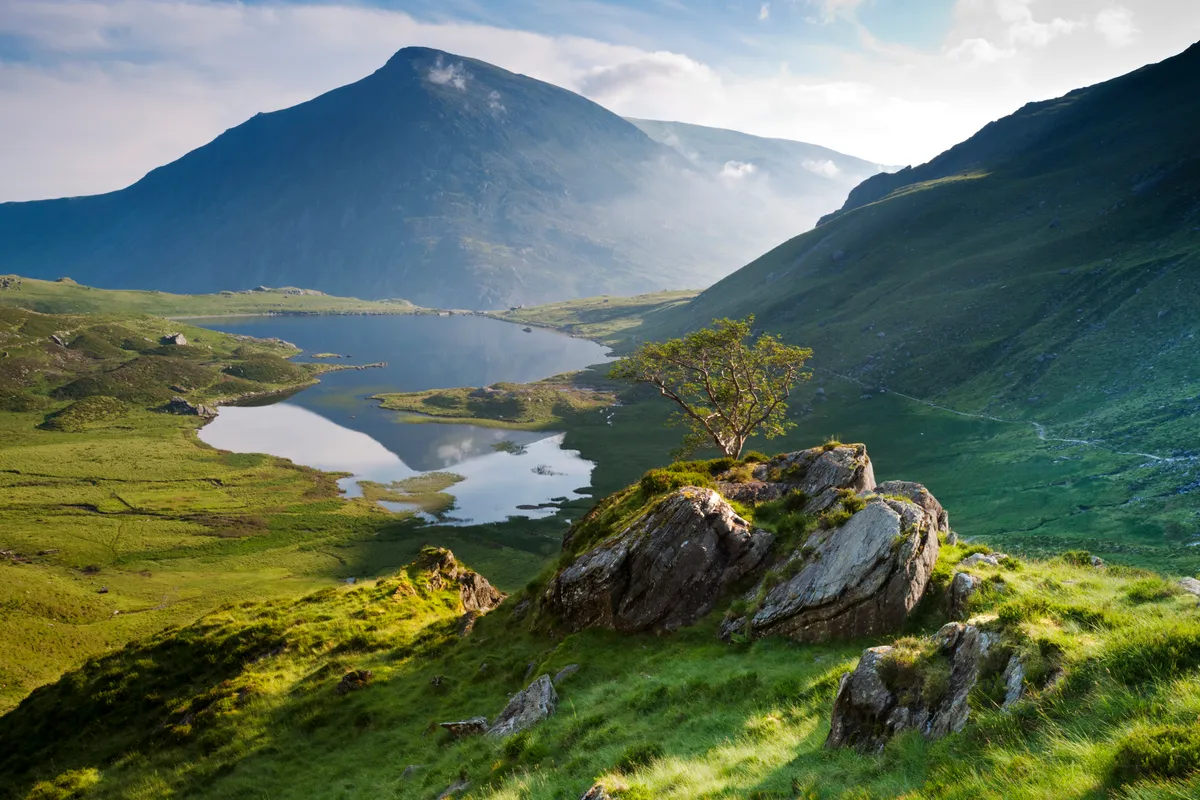
Attenborough Nature Centre, Nottinghamshire

Th award-winning Attenborough Nature Reserve is owned and run by Nottinghamshire Wildlife Trust and is just four miles to the west of the city centre. This eco-friendly centre provides a place for the people of the city to experience the best of British wildlife, right on their doorstep and from small beginnings it now covers 145 hectares of lakes, wetland, grassland and scrub.
Donna Nook, Lincolnshire
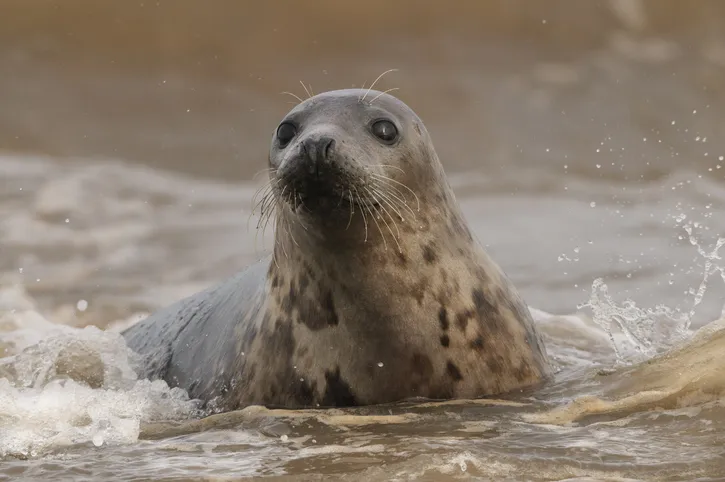
Stretching over 10km of the Lincolnshire Coastline, from Grainsthorpe Havena and Saltfleet, the Donna Nook nature reserve is home to one of Englands biggest grey seal populations. Every winter they choose to give birth to their calves and breed again on the beaches here.
Britain’s best seal watching spots and how to avoid disturbing the colony
Spotting a seal colony is one of Britain's great wildlife spectacles. Our guide explains how to spot seals without disturbing the colony, the best seal watching spots in the UK, plus how to identify harbour seals and grey seals.

Chapmans Well, Durham
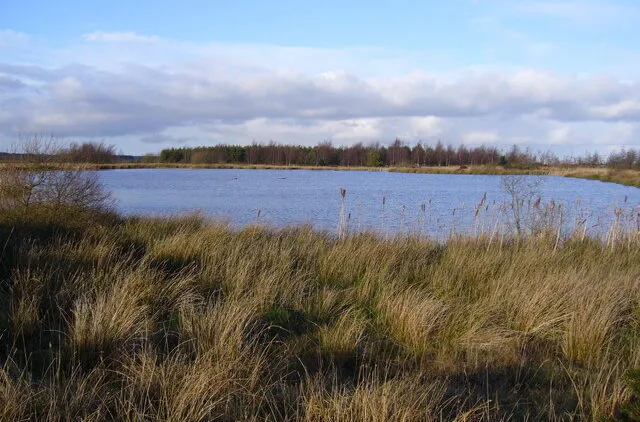
The Marshy grassland and ponds of Chapmans Well, is considered one of the best bird watching sites in the country. Home to five species of Owl and many other predatory birds.
The natural landscape is maintained by the conservationist with the help of some Exmoor ponies who nibble away at the grasses preventing more dominant species from taking over and allowing wildflower meadows to develop.
Woodwalton Fen, Cambridgeshire
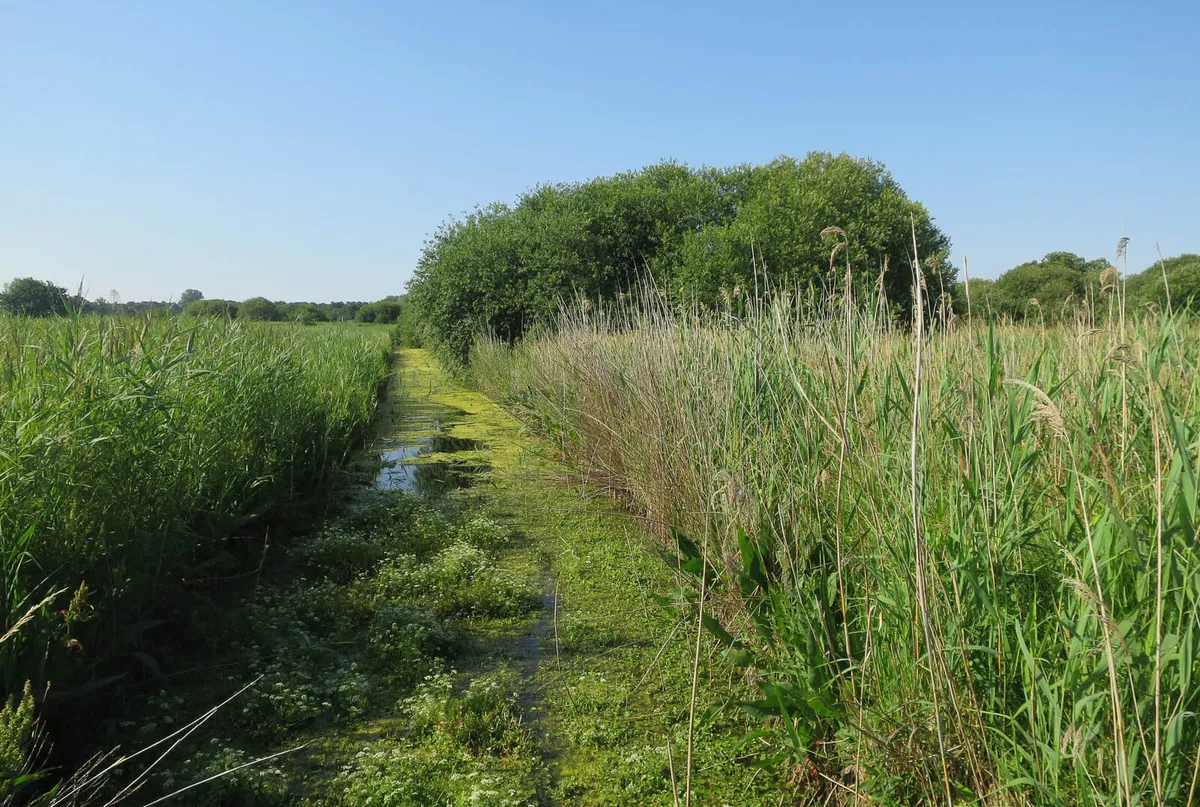
A rare and isolated part of Fenland lying at the most westerly point of the East Anglian fens, Woodwalton was bought by Charles Rothschild in 1910.
These days the fenland is home to some very special flora and fauna, supporting 47 endangered species of invertebrates and two extremely rare plants, the fen violet and fen woodrush.
What is an otter?
The European otter, or lutra lutra (scientific name), is a carniverous mammal of the Mustelidae family (mustelid). There are seven species of mustelid living in the wild in the UK, each varying widely in looks and behaviour. Generally speaking mustelids are long-bodied, short-legged, thickly furred and tend to be active at night, which makes them elusive.
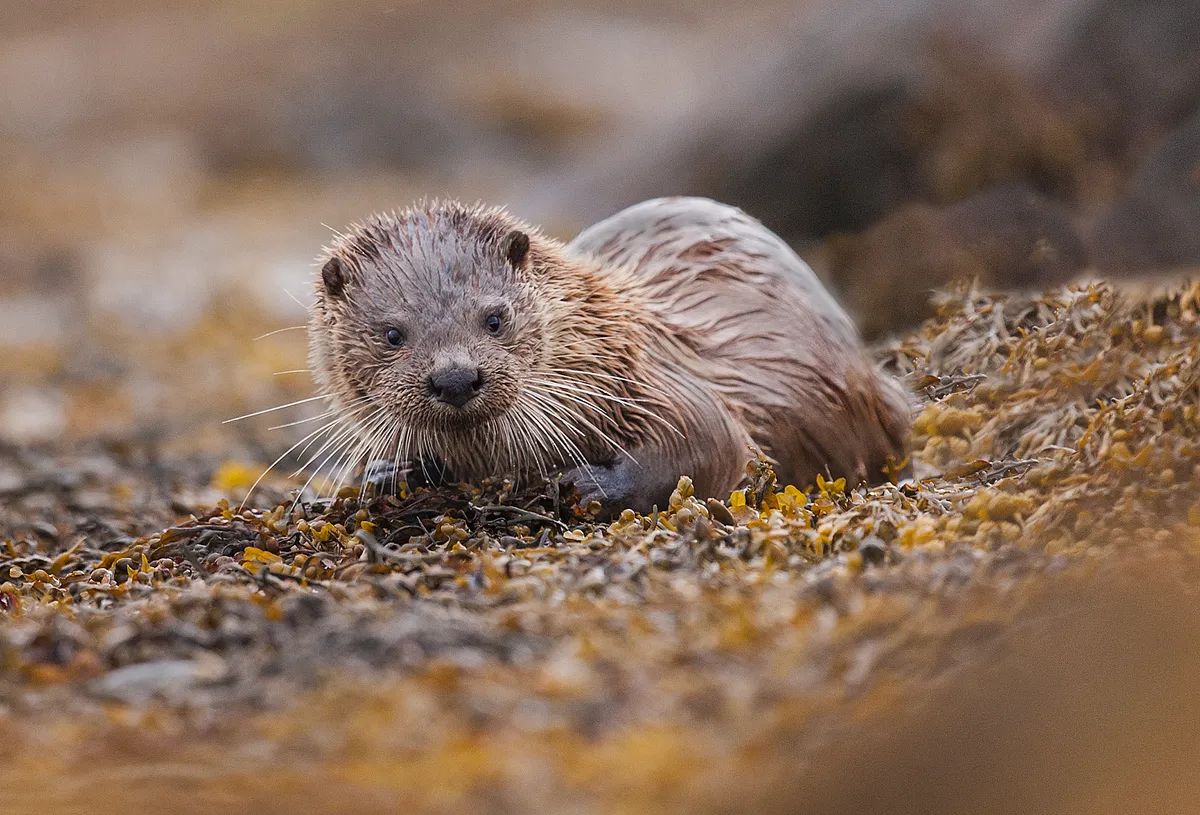
RSPB Minsmere, Suffolk
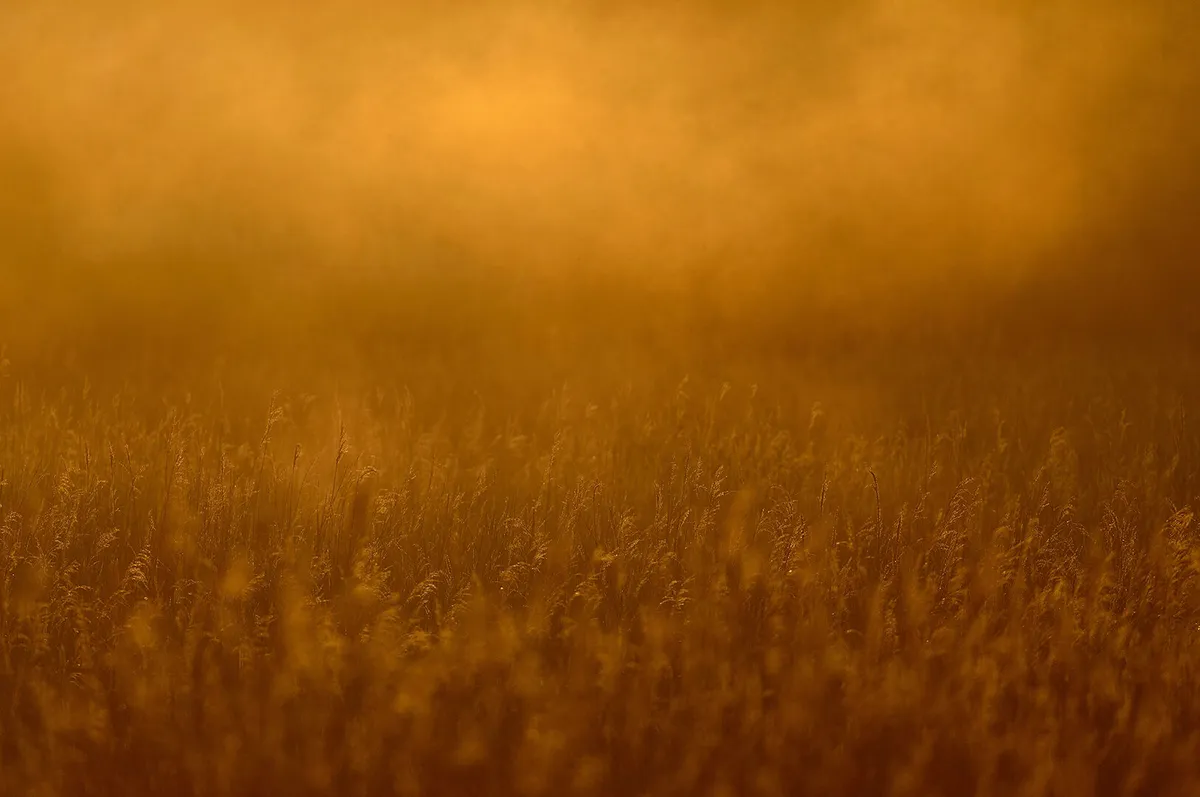
The ‘Disneyland’ of bird reserves, because it has so much in terms of habitats, species and facilities including many rarities and ‘super birds’! Minsmere is family-friendly must.
Woolston Eyes Nature Reserve, Warrington

A post-industrial gem, this oasis in the tangled wreckage of the ‘manscape’ comes complete with beautiful black-necked grebes and a fabulous team of volunteers. Highlights at Woolston Eyes include black-necked grebes, starling roosts and butterflies.
Smardale Gill, Cumbria
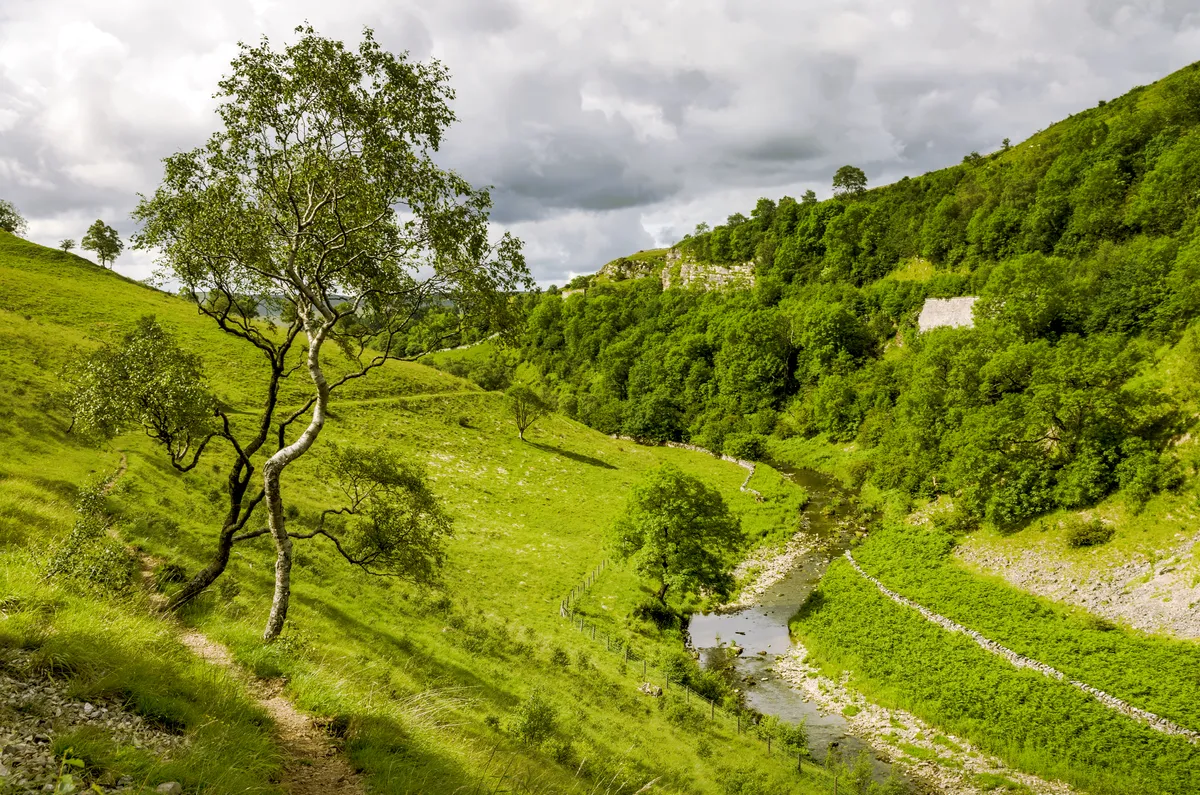
This magnificent, relatively unknown limestone landscape became a part of the Dales in the 2016 boundary extension. Smardale Gill oozes the character of a time long-gone.
Sheep farming keeps the uplands open, tiny villages and hamlets claim the more sheltered locations and wildlife prospers. Wild birds, aquatic denizens and myriad mammals, insects and floral beauties conspire to enhance this natural wonderland, protected, in part, as the Smardale Gill National Nature Reserve.
Sutton Park, West Midlands

Sutton Park is a miraculous survival – 2,400 acres of wild country just six miles north of the bustling heart of Birmingham – and spring is a lovely time to explore it.
The ancient oak and birch woodlands are alive with the song of nesting birds, and in the vast holly understory, one of the park’s great specialities, the delicate little azure-winged holly blue butterfly, takes to the wing.
Bystock Nature Reserve, Devon
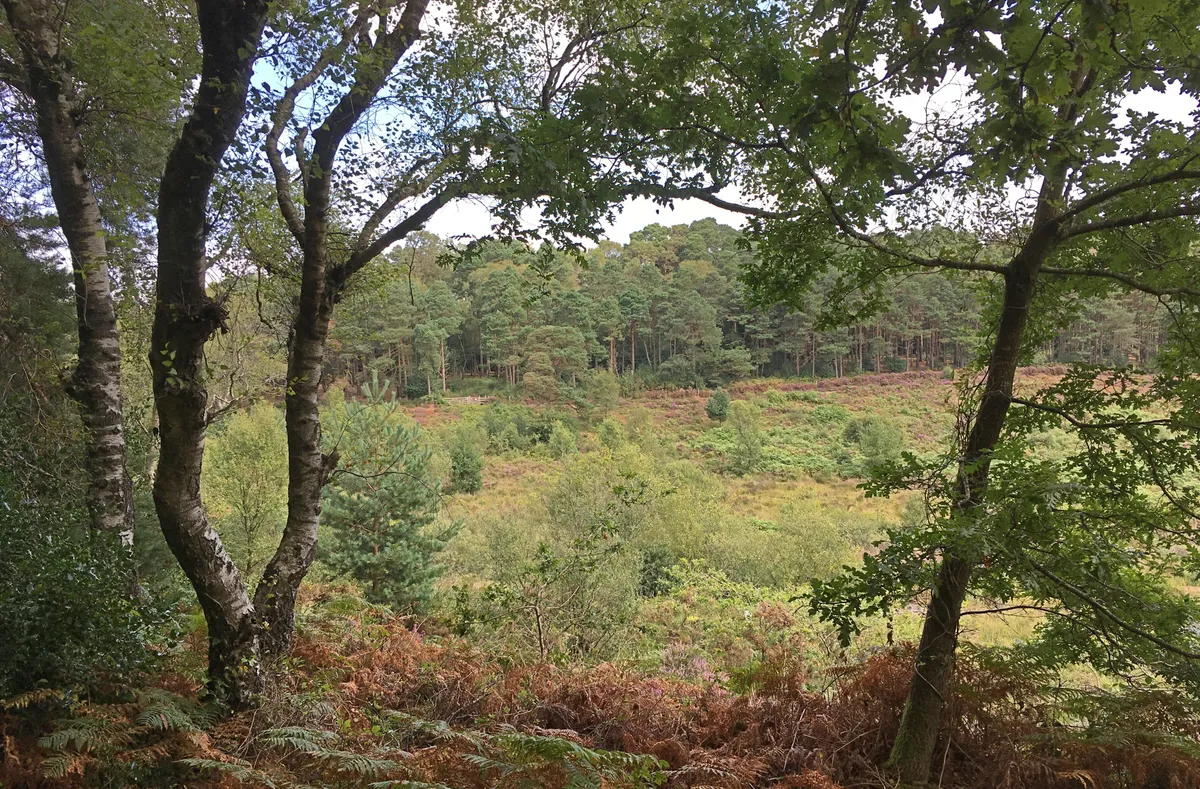
Bystock Nature Reserve and its mosaic of lily ponds, heaths and open meadows sits on the doorstep of the Jurassic Coast. Of the 50 reserves managed by Devon Wildlife Trust, it remains a firm favourite among visitors and Devonians alike.
Derbyshire Dales, Derbyshire
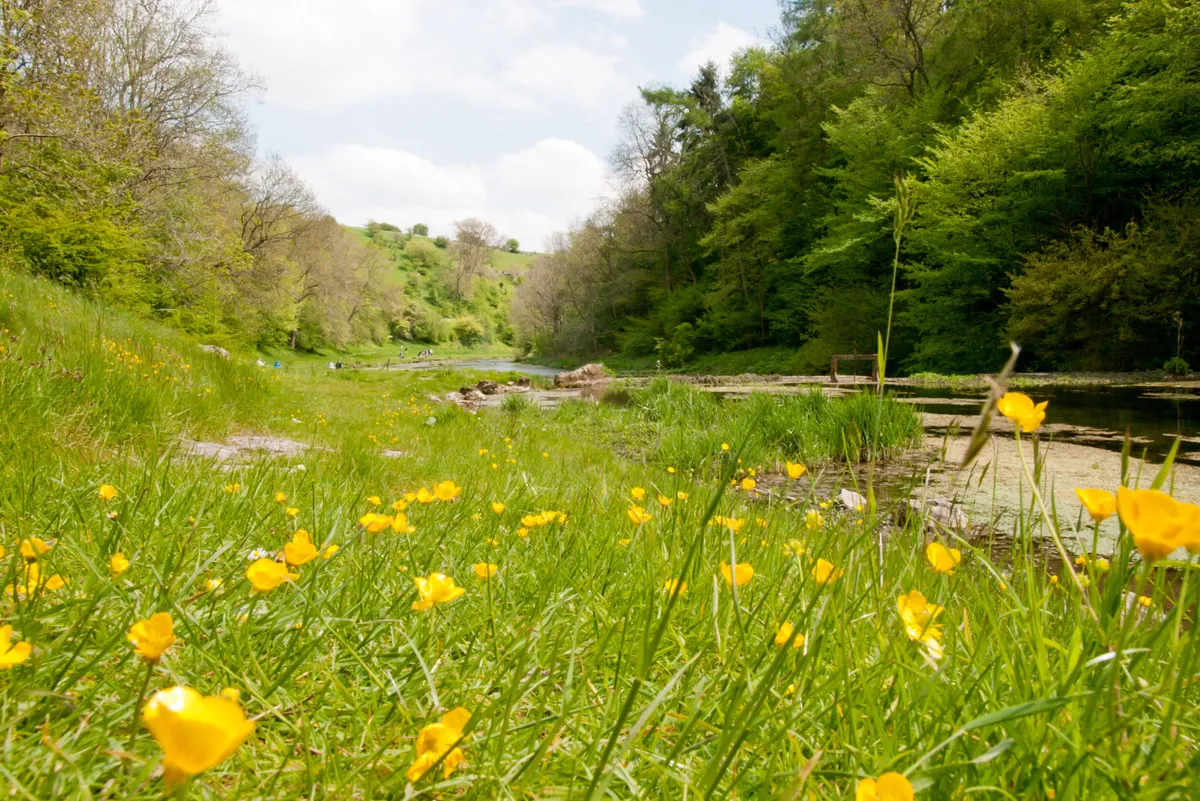
The scenery of the south of the Peak District National Park, the limestone White Peak, has to rate as a favourite, if only on the measure of footfall that passes over it.
The Derbyshire Dales can be seen at its very best in the five neighbouring valleys that make up the NNR – Lathkill, Cressbrook, Monk’s, Long and Hay Dales.
All five are beautiful in a subtle, dressed-down sort of way, but that changes in late spring. That’s when Lathkill Dale and its NNR neighbours go technicolour and the normally rather dowdy grey-green Derbyshire hills are blanketed with wildflowers in bloom. In places thousands of early purple orchids are in flower, so many that they create a stunning purple haze.
Lindisfarne, Northumberland
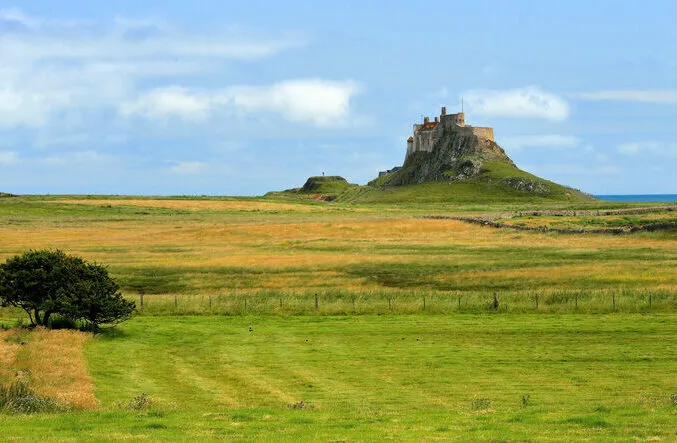
The boundary of the Lindisfarne NNR takes in a big chunk of North Sea mudflats and marsh that has Holy Island at its heart. It’s a place that is constantly changing with the tides; it is cut off by sea during much of the day, but at low tide exposed mud becomes a feeding ground for geese, ducks and wading birds.
St Cuthbert lived on Holy Island, and when fellow monks created the Lindisfarne Gospels in his honour after his death in 687, they were thought to have been written with quills from wild geese, while the designs also include likenesses of birds that the artists could have seen from the monastery, such as herons and sea eagles.
Vikings destroyed Cuthbert’s monastery, but it was re-established during the Middle Ages and became a place of pilgrimage.
The Stiperstones National Reserve, Shropshire
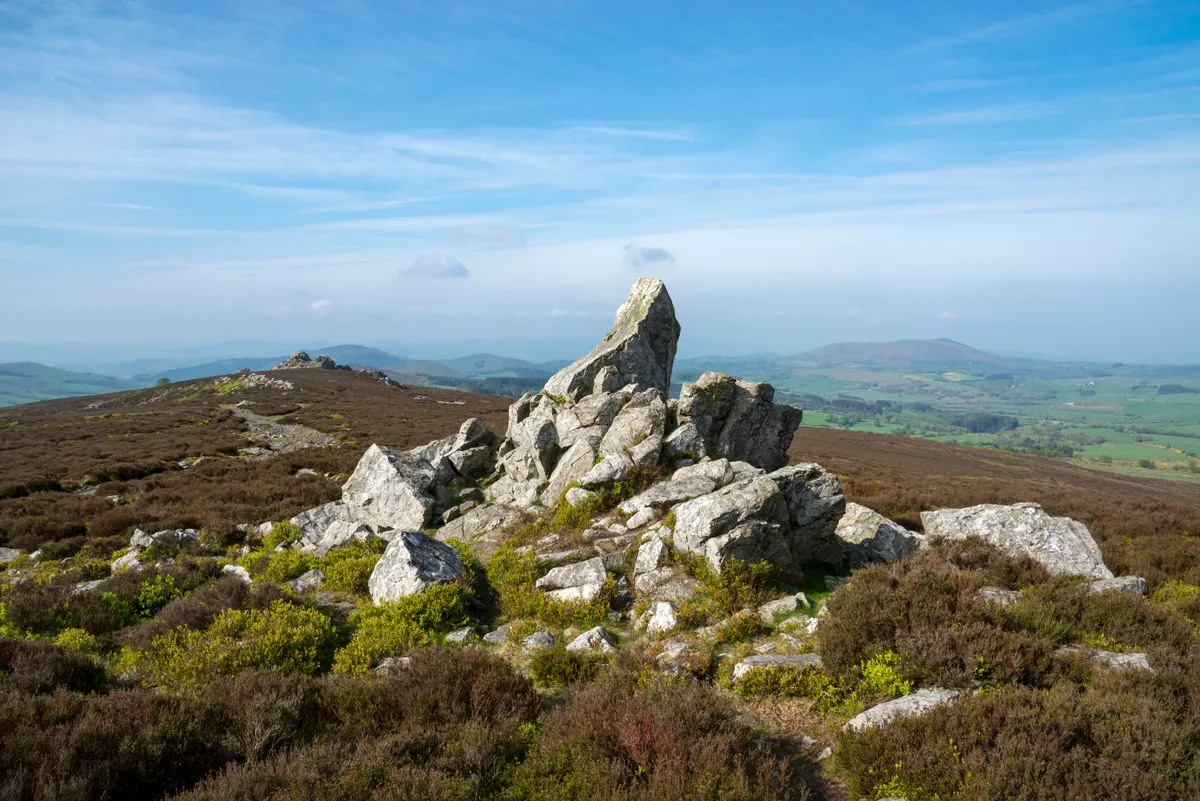
Wild and romantic, the Stiperstones is an unspoilt ridge of hills that captures the imagination. For the poet AE Housman it was at the heart of “those blue remembered hills”, the upland horizon he could see from his Worcestershire home.
The locals used to reckon that the Prince of Darkness was in residence when clouds obscured the Devil’s Chair, while Shropshire writer Mary Webb wrote: “The Devil’s Chair loomed over them… like a fist flourished in the face. It was dark as purple nightshade.” But for all its dark side the Stiperstones has a more cheerful face too, especially in late summer when the heather is in bloom.
Axmouth to Lyme Regis Undercliffs, Dorset
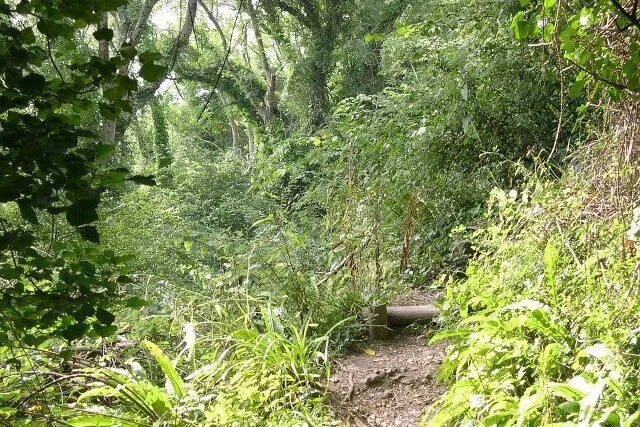
The Undercliffs NNR is a strange and remarkable place. A walk into the strip of tumbled, wooded coastline that makes up the reserve can seem like an expedition into a very un-British jungle. What makes the place unusual is that its geology is active. The rocks, laid down in the Cretaceous period, perch shakily on top of older deposits, and because some of it is water-resistant and some is porous, it makes landslides inevitable.
The biggest recorded slip happened on Christmas Day 1839, when 6.5 hectares of land shifted, but small slips happen all the time. Rich soil is exposed with each slip and quickly colonised by plants that thrive in the warm, sheltered conditions.
Wales' best nature reserves
Gilfach, Radnorshire
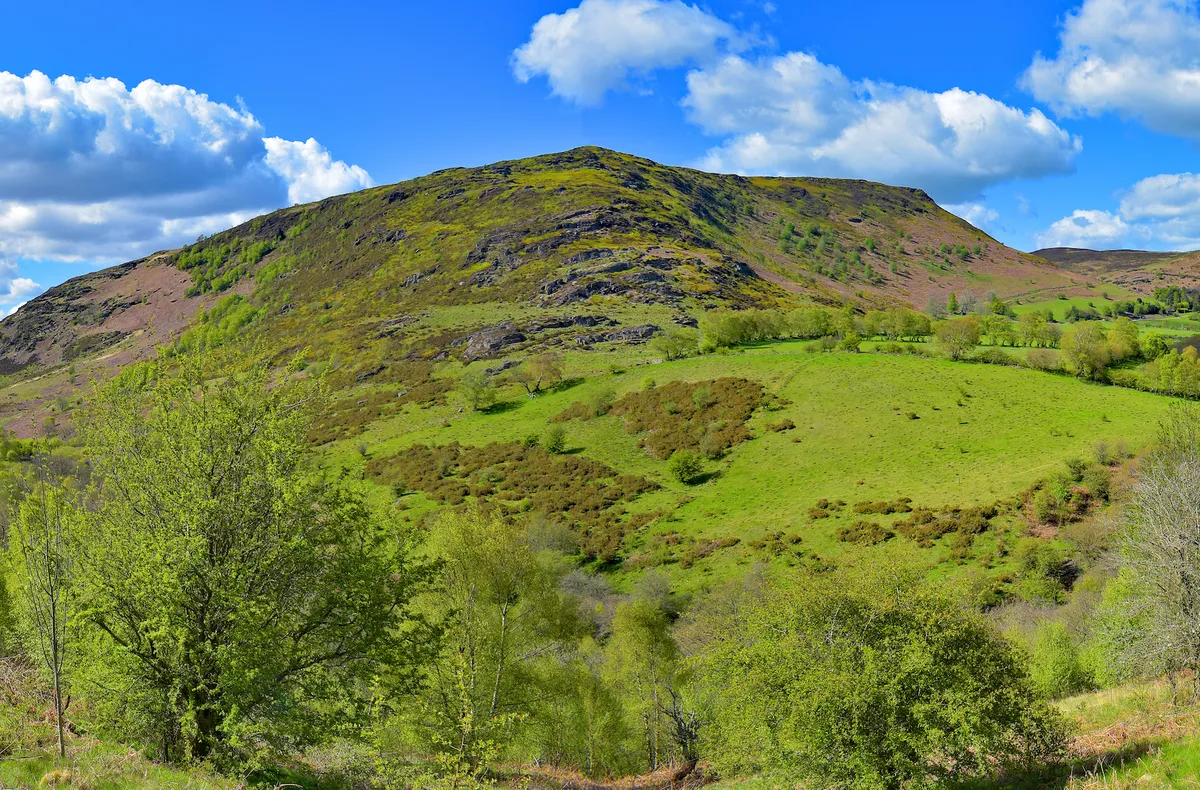
Nestled in the beautiful Cambrian Mountains, in the heart of Wales, Radnorshire Wildlife Trust’s Gilfach Nature Reserve is a spectacular landscape as rich in history as it is in wildlife.
A winding path threads through oak woodland and over moorland, blushing pink with heather under the weak autumn sun. Where the track shadows the rushing waters of the River Marteg, scan the rocks for signs of movement. A splash of white against the dark stone could be the gleaming breast of a dipper, bobbing energetically on long, slender legs before plunging into the torrent to feed.
The rocks themselves are worthy of closer inspection, bristling with miniature forests of lichen - 425 species have been found on the reserve! A wooden platform offers a bird’s-eye view of the spectacular waterfalls and, if you’re lucky, the acrobatic finale of one of nature’s greatest migrations: Atlantic salmon.
Skomer, Pembrokeshire
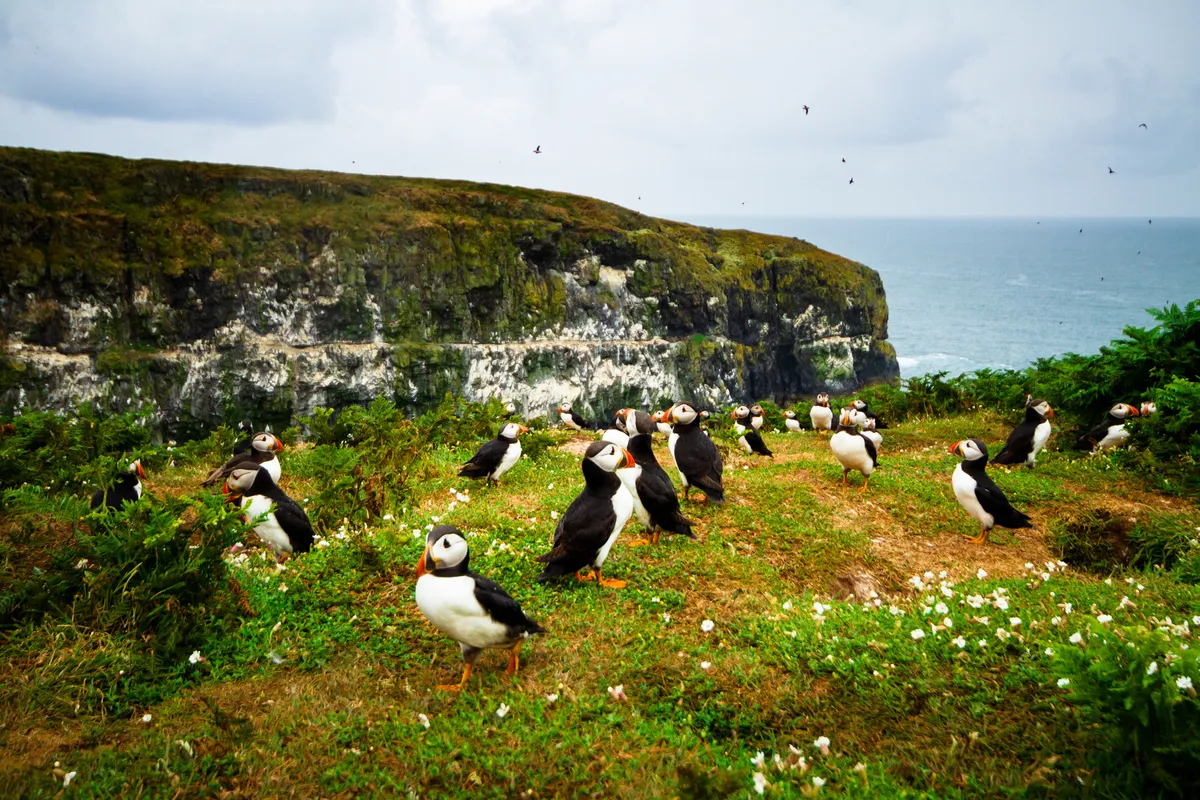
Supported by the Wildlife Trust of South and West Wales, this small island off the coast of Pembrokeshire is home to an array of life which shelters in its bays, inlets and in the waters surrounding.
Skomer is only open to visitors between 1 April - 30 September and in this period is a popular destination for photographers and wildlife enthusiasts.
Rhinog NNR, Gwynedd
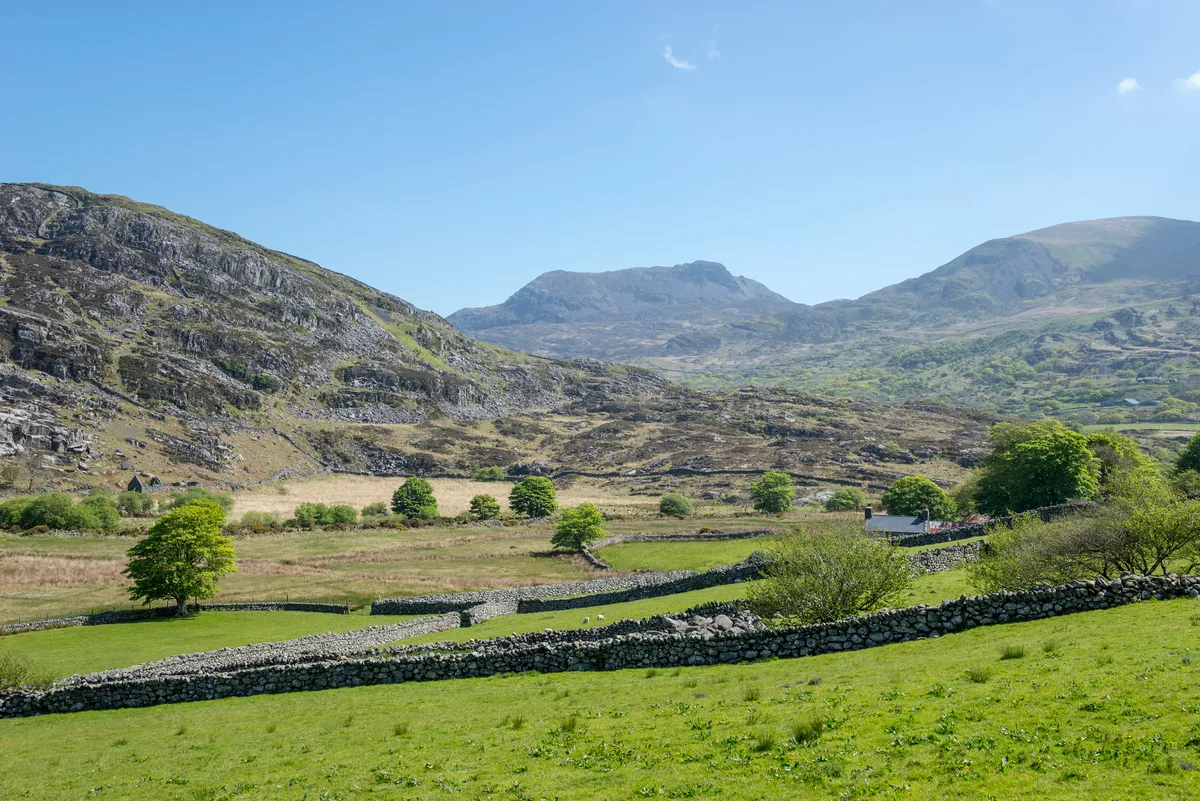
Snowdonia National Park is Wales at its best, but better-known parts of the park can be crowded in the summer. That’s one of the beauties of the Rhinog reserve – even in high season you won’t find yourself shuffling up hill in a queue of walkers. The NNR’s 600 hectares take in much of the range of peaks that includes Rhinog Fawr, Rhinog Fach and Y Llethr. It’s a rugged, rocky landscape and that doesn’t make for easy walking; it can be hard to follow paths and in parts you have to place each boot with care.
But the views from the summits are great, and there’s a chance you may see the wild goats that make the hills their home. They’re not that popular with the NNR’s managers (because they eat rare plants), but they do add to the wild spirit of a place that seems a long way away from the modern world.
Scotland's best nature reserves
Insh Marshes, Highland

Considered to be one of the most important wetlands in Europe, Insh Marshes is home to lapwings, redshanks and curlews as well as row deer and foxes in what are versatile and varied habitats along a 10 kilometre stretch of the River Spey.
The marshes that line the river flood during the winter months, providing a home for swans, geese and waders which can be observed from the hides around the site.
Montrose Basin, Angus
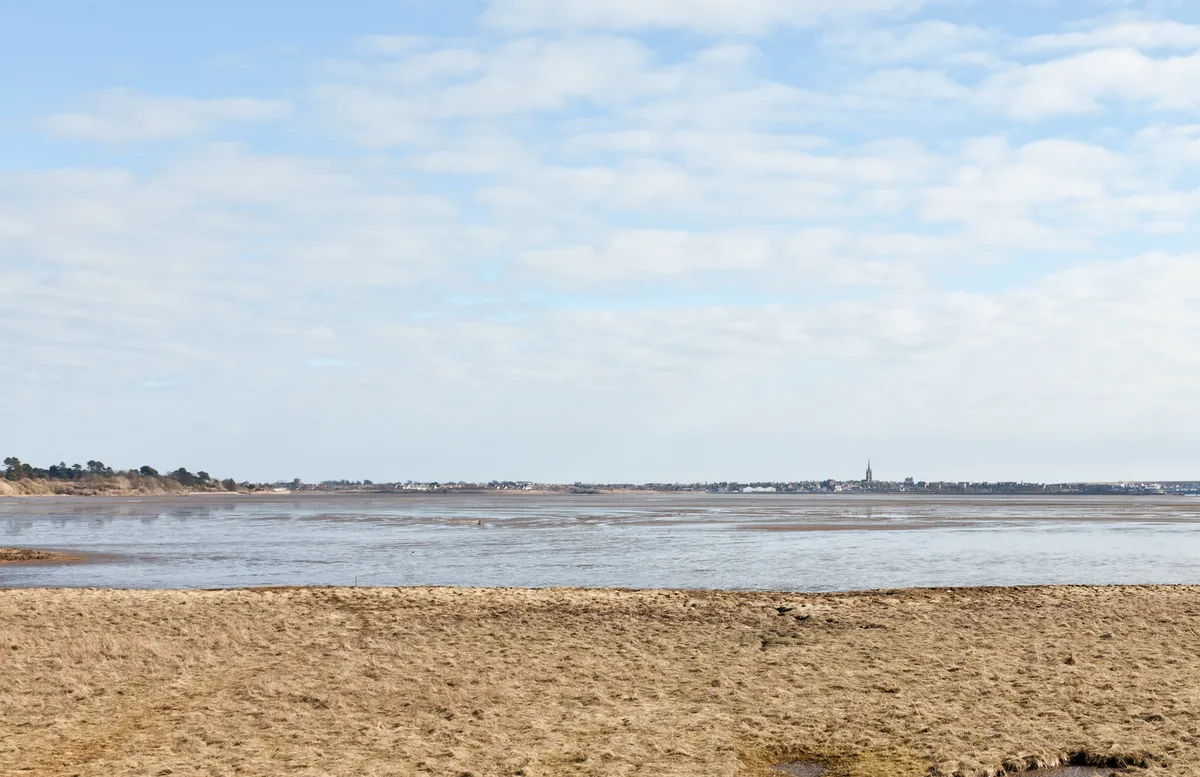
The Scottish Wildlife Trust’s Montrose Basin in Angus plays host to one of the largest autumn gatherings of pink-footed geese in the UK. Small flocks appear from late September, roosting on the water and feeding in surrounding fields. Numbers swell in October, until tens of thousands of geese can be seen and heard travelling between feeding and roosting grounds – 90,000 have been recorded on a single October day.
Huge flocks of wigeon whistle on the water, while the mudflats are alive with wading birds; thousands of redshanks and oystercatchers stalk the shore, sinking long, bright bills into the mud as they probe for worms. The bubbling calls of curlew echo around the estuary, and flocks of golden plover glimmer in the autumn sun. As the tide creeps in, waders are pushed closer to the Wigeon Hide, affording excellent views of these winter visitors.
Inversnaid, Stirling

On the eastern shores of Loch Lomond, it’s hard to find a more striking nature reserve on the British Isles. The woodland that rises from the shore gives way to moorland, opening up some truly inspiring views. Red deer and pine martens frequent these parts, as do buzzards and black grouse. If you’re lucky you might even catch a glimpse of a twite; a red status finch that is closely related to the linnet. rspb.org.uk
Loch Garten, Abernethy
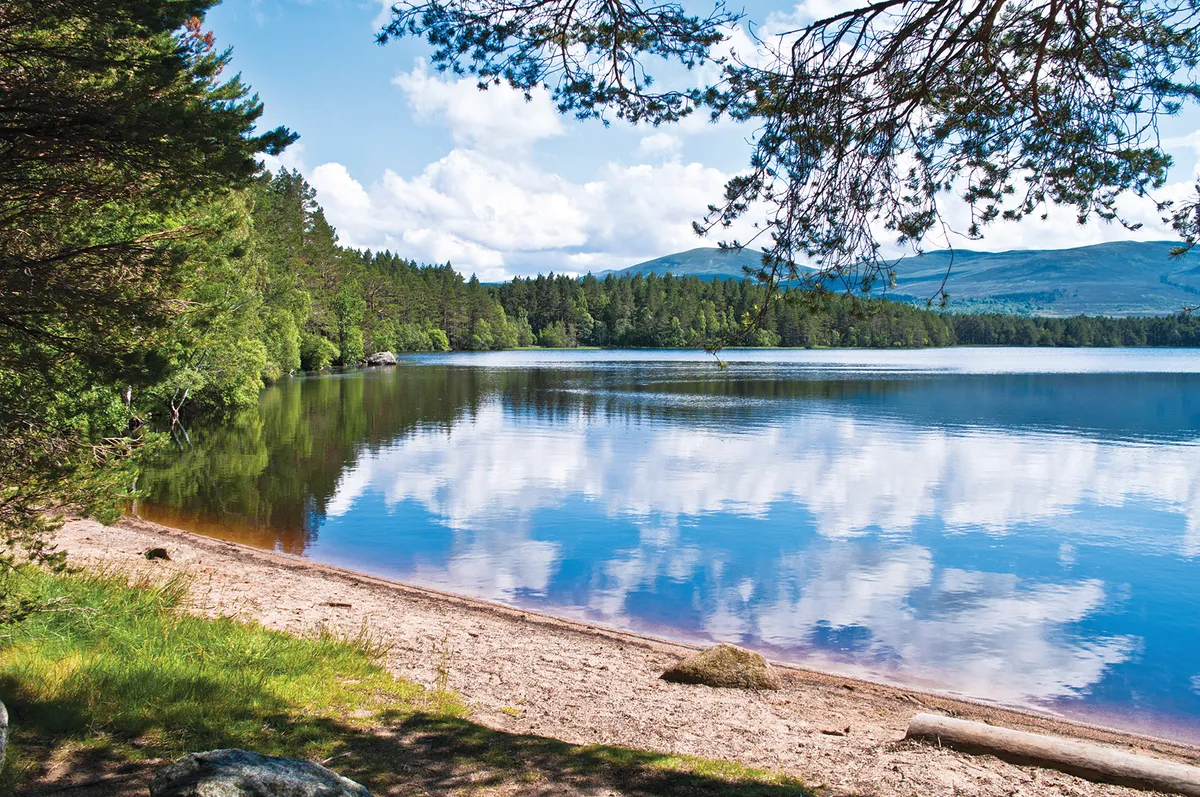
Hidden within Abernethy Forest in the lowlands of the Cairngorms National Park is Loch Garten. With its ancient Caledonian pine forest, boggy woodland and rich waters, the reserve is an embodiment of the wild and compelling nature of the Scottish Highlands.
May is an ideal time to visit. The weather is warming but the swarms of midges are yet to descend. The herby scent of pine fills the air, birdlife is abundant as summer migrants such as redstarts and tree pipits arrive, and the ospreys should be hatching their chicks – it’s a unique chance to see these graceful fish-scooping predators in action.
Bass Rock and the Scottish Seabird Centre, Berwickshire
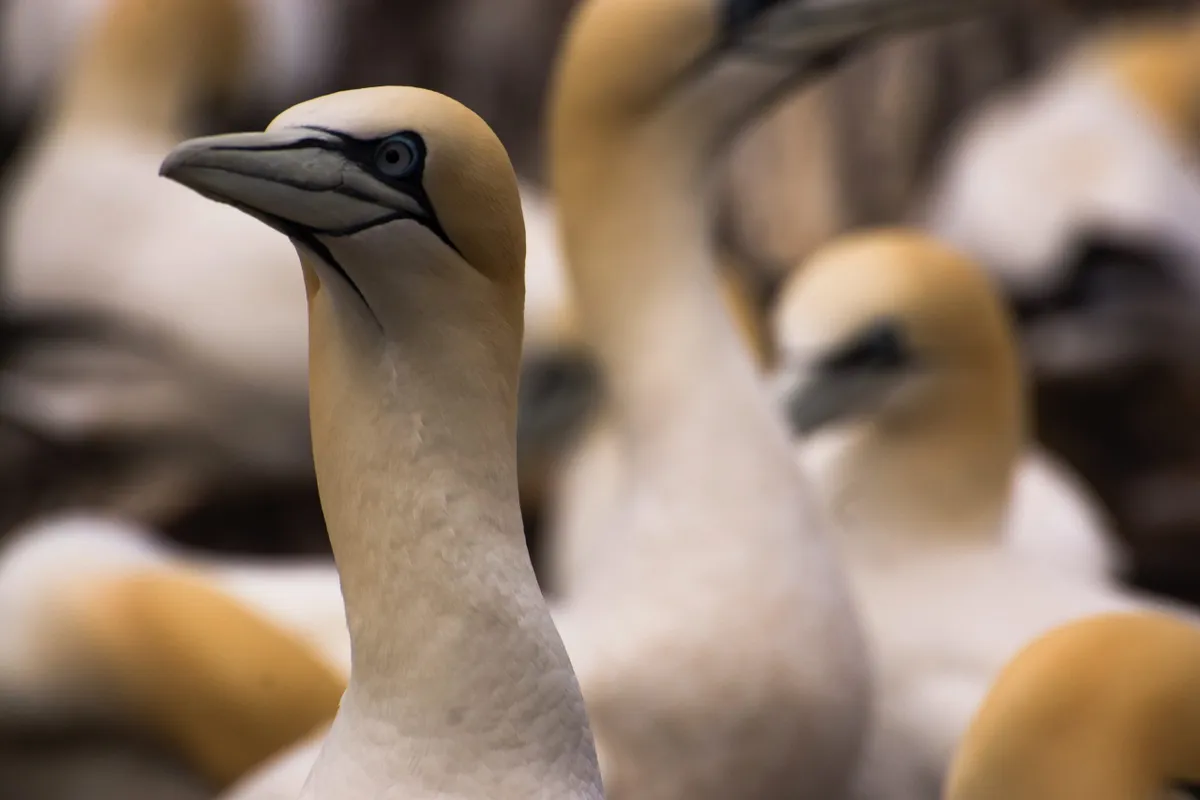
Bass Rock and the Scottish Seabird Centre was the winner of our BBC Countryfile Magazine Nature Reserve of the Year 14/15. In summer, this gannet-capped island becomes the most exciting birding spectacle in the UK. The Seabird Centre has a video link but a boat trip gives you the essential smell experience, too!
Beinn Eighe NNR, Kinlochewe, Ross-shire
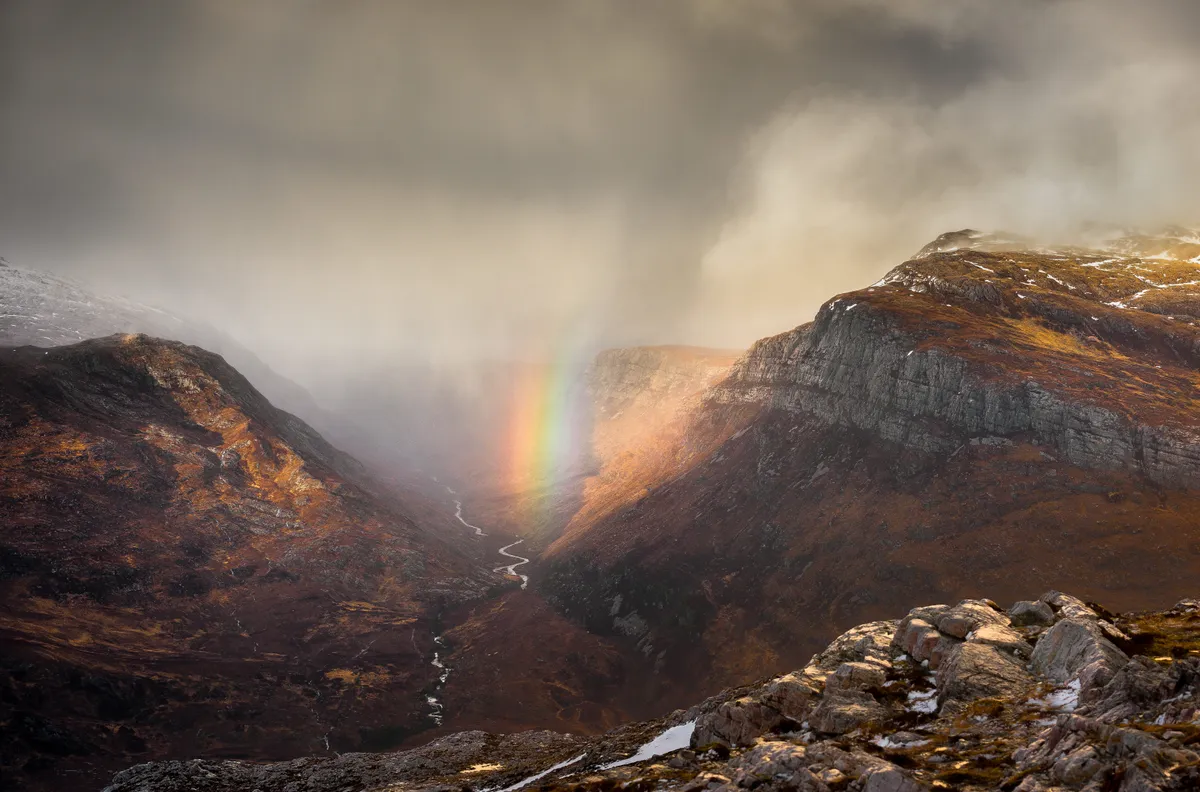
The first and possibly the best, Beinn Eighe was named Britain’s first NNR in 1951, and it hasn’t been bettered for the drama of its scenery. The reserve’s main draw is its fragmented ancient pinewood, with Scots pines that are close to four centuries old, but it also takes in beautiful Loch Maree, ridges, scree-strewn slopes and a fistful of rugged peaks.
It’s a place to see typical Highland wildlife such as red deer, golden eagles and – if you’re very lucky – pine martens. Also look out for Scottish crossbills; they strip the seed from cones high in the branches of pines and leave tell-tale debris scattered on the woodland floor.
It is a great place for insects too – not just the all-too-common midge, but also some really impressive species including the golden-ringed dragonfly, which patrols the burns in high summer.
Northern Ireland's best nature reserves
Binevenagh, County Londonderry
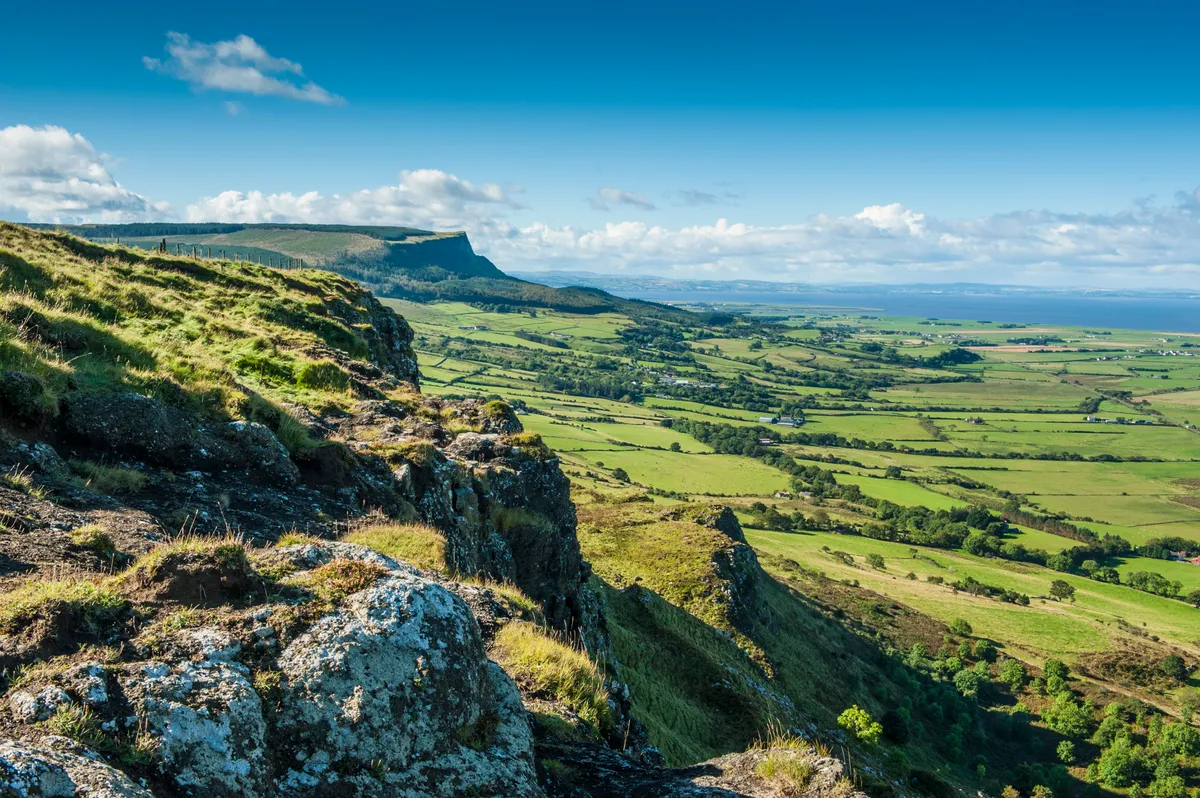
Everyone has heard of Northern Ireland’s Giant’s Causeway, while Binevenagh remains relatively unknown.
The six-mile long plateau and cliffs of Binevenagh Mountain were formed 60 million years ago by molten lava. They form the western extend of the Antrim Plateau and today are recognised as both an Area of Special Scientific Interest and as an Area of Outstanding Natural Beauty.
The 385m top of Binevenagh is well worth a visit for its fine views across of the surrounding countryside and North Atlantic Sea.
Slievenacloy, County Antrim
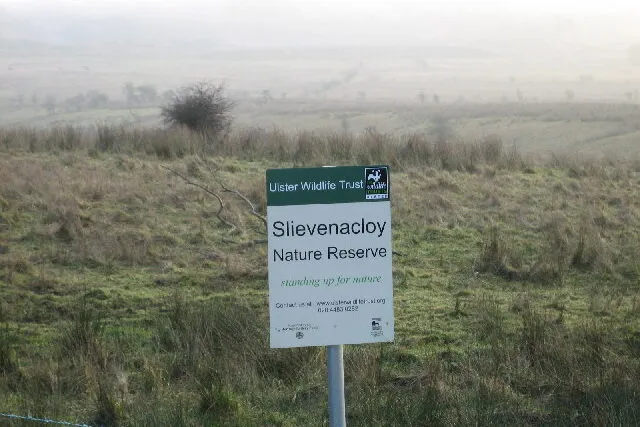
Ulster Wildlife Trust’s Slievenacloy Nature Reserve in County Antrim is the perfect place for a foray into the world of fungi.
Lying in a picturesque valley of the Belfast Hills, this grassland paradise is the best site in Northern Ireland for waxcap fungi, with 27 species of these colourful, shiny-capped mushrooms recorded on the reserve. Splashes of colour amongst the grass could reveal crimson, golden, snowy and scarlet waxcaps, or the blushing parasols of pink waxcaps, their frilled caps curling with age until they rise upwards like a wind-ravaged umbrella.
But it is the view that is often the most striking feature of a visit to Slievenacloy. From one viewpoint, you can see five of the six counties of Northern Ireland, as well as the shining expanse of Lough Neagh, the UK’s largest body of freshwater.
British wild mushroom and fungi guide: how to identify and where to find
The UK's woods, riverbanks and meadows are home to roughly 15,000 species of wild mushrooms. Find out how to identify the most common species found in Britain, plus essential safety tips on which mushrooms are edible or poisonous in our British fungi guide.

The Giant’s Causeway, West of Portrush, County Antrim

Northern Ireland’s best-known landmark – Giant’s Causeway – is a World Heritage Site as well as a NNR. Although people once believed that a giant’s footsteps created the causeway’s rocks, this spectacular stretch of coast was formed around 60 million years ago, when the lava that became the area’s basalt rocks cooled quickly, probably in contact with water. That resulted in the formation of the distinctive column shapes that give a weirdly uniform look to the rocks.
As well as all the geology there are lots of interesting plants to see, especially in early summer, and birds, including peregrine falcons and choughs.
Best urban nature reserves in the UK
Living in a city doesn't mean missing out on your daily dose of nature. We take a look at some of our favourite urban areas bursting with greenery and wildlife.
St Nicholas Fields, York
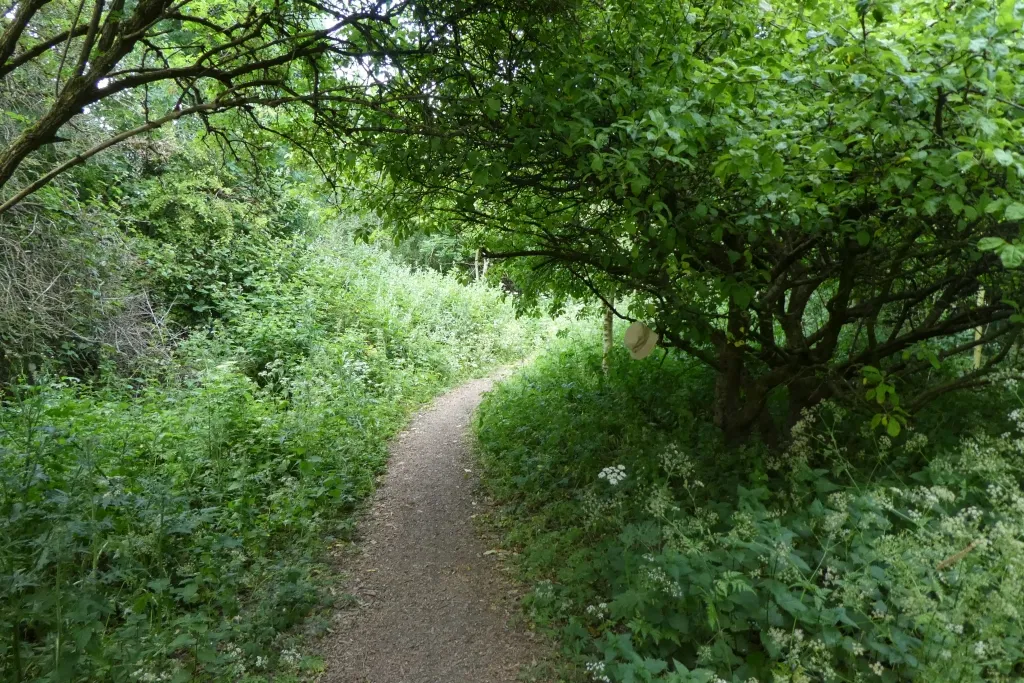
The St Nicholas Fields in York spreads over 24 acres of former rubbish tip, in between a housing estate and an industrial area just a mile from the city centre. Various bird breeds such as brambling, finches, tits, siskins and kingfishers are regularly seen on the site, which became a nature reserve in 2004. It’s also a haven for butterflies, with over 20 species having been spotted, attracted by the wildflower meadow and rough grassland. The kilometre long tree trail guides visitors around the site as they take in sights and sounds of nature.
BEES Urban Nature Reserve, Bradford
Bradford Environmental Education Service have created the BEES Urban Nature Reserve on land which they rent from the University of Bradford. The cosy spot has been a nature reserve of some description since 1990. Currently it boasts two ponds and an area of trees and wildflower grassland. In an area historically associated with the Britain’s industrial past, this soothing spot is prime dragonfly and damselfly territory. Teeming with birds and the insects that nourish them, the site is often a favourite to take youngsters on family days out, or school trips.
Ripple, Camley Street nature reserves, London
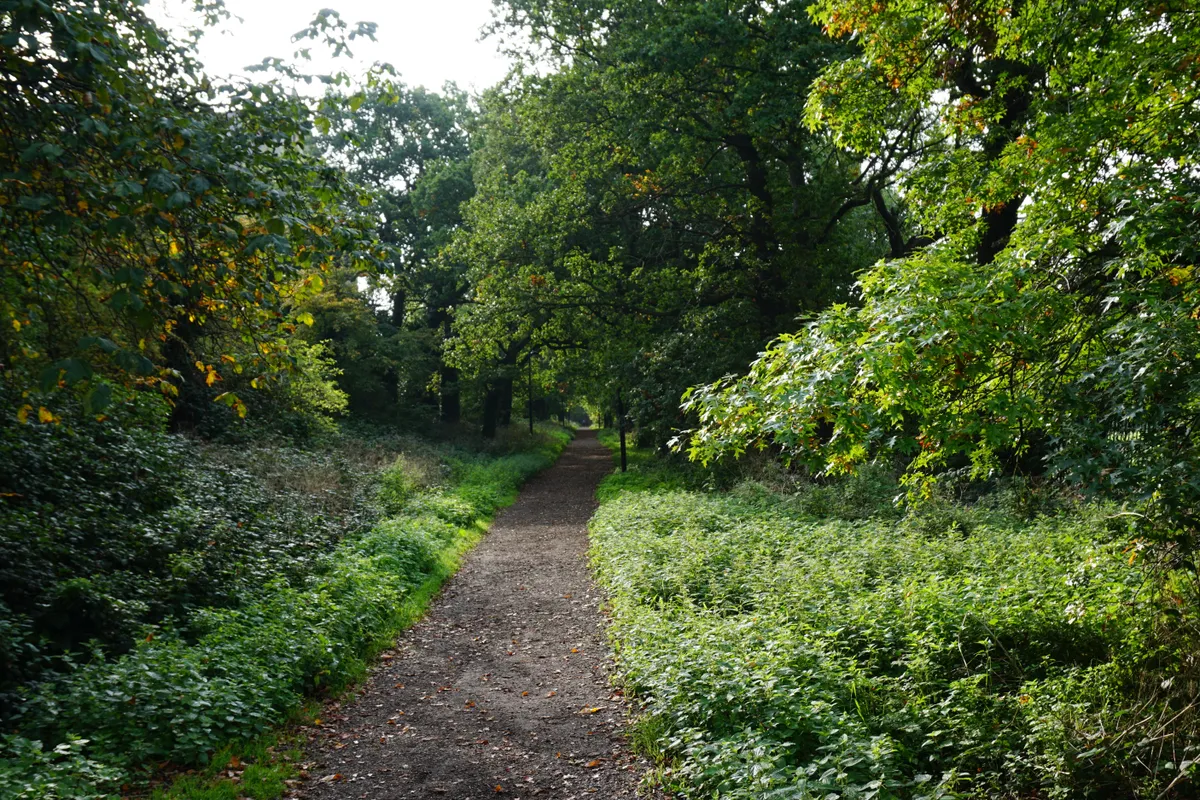
The capital, stretching such a broad area, is bound to have some lovely areas of natural beauty despite the dense levels of human inhabitation. The Ripple Nature Reserve in Dagenham is one such example. Once a dumping ground for pulverised fuel ash, this industrial landscape has been reclaimed and turned into a rich mix of scrub, woodland and grassland. Its former industrial state has caused the soil to become alkaline, as opposed to much of London’s acidic land. This means there are many plants growing here that struggle elsewhere in the city, such as southern marsh orchids, grey club rush and wild basil.
Elsewhere, Camley Street Natural Park in King’s Cross provides a surprise little pocket of preserved wilderness next to the railway station. Created from an old coal yard in 1984, the site’s ponds woodland and meadows are home to all sorts of wildlife, from amphibians to birds and insects.
Sydenham Hill Wood in Southwark is a green mass of ancient and recent woodland combined with a Victorian garden. It’s a perfect spot to find woodpeckers, insects, bats and fungi.
Miley Nature Reserve, Dundee
The Miley Nature Reserve lies within the Lochee and Beechwood areas of Dundee and has been constructed on what was once an impassable rubbish tip, a mile in length. It is now a thriving habitat for birds and insects, complete with tall herbs, tress, grassland, cycle tracks and footpaths.
King's Meadow, Nottingham
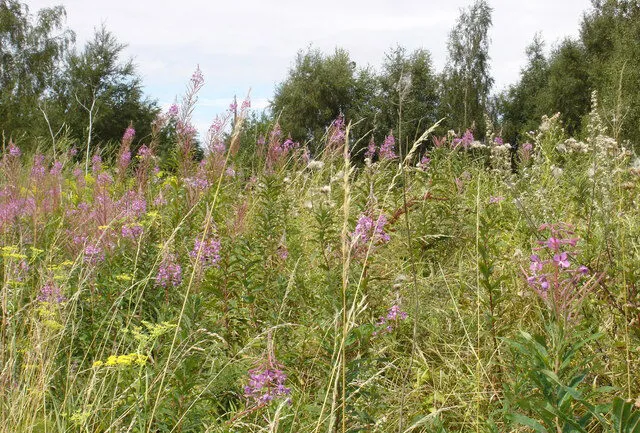
On the edge of an industrial estate in Lenton, Nottingham lies the King’s Meadow. This small nature reserves was created in 1992 in order to protect the unusual wildlife of the area, introduced by man thanks to the Wilford Power Station – decommissioned in the 1960s. The site is a veritable hotbed of rare plants and insects, many of which are found nowhere else in the county including the common spotted and southern marsh orchids.
Bog Meadows, Belfast
To many of us outside of Northern Ireland, Belfast’s Falls Road is an area that not many would associate with natural beauty and wildlife. However, Bog Meadows is a reserve that offers a tranquil, peaceful space in he heart of this reinvigorated city.
Leigh Woods, Brandon Hill Nature Park, Bristol
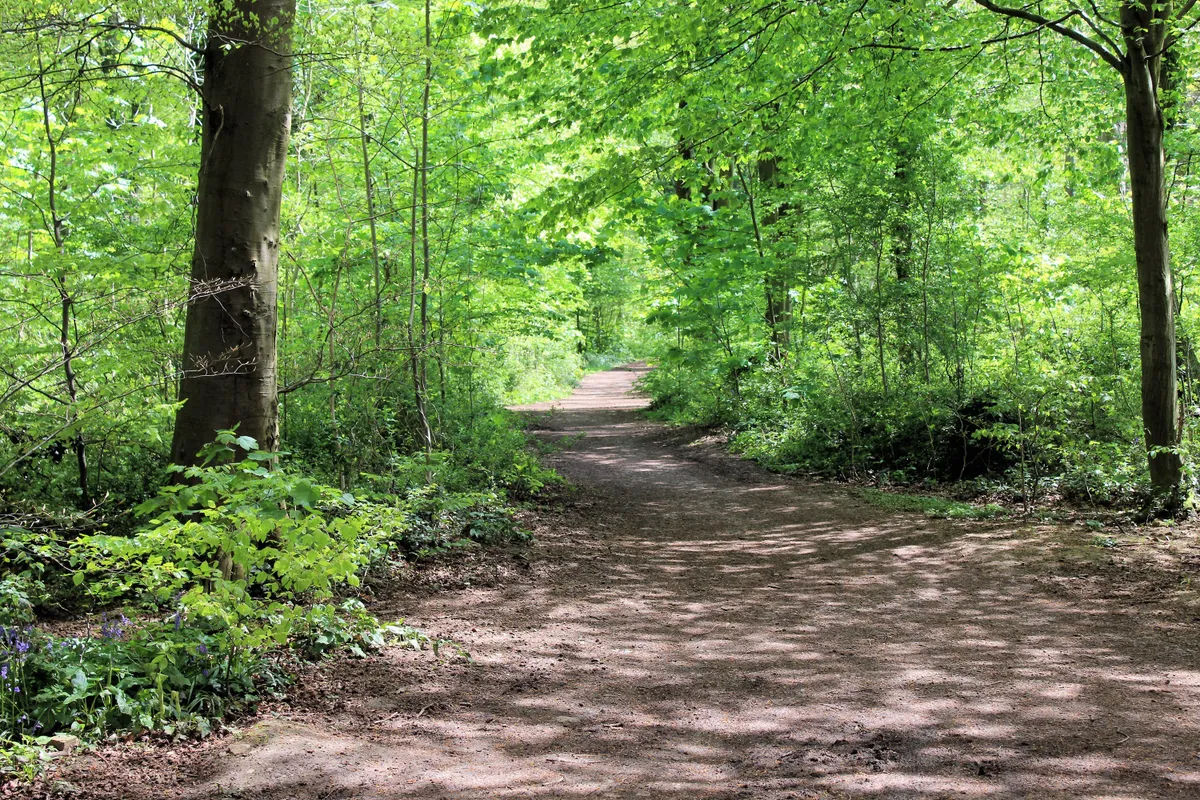
Bristol is an increasingly popular place to live. A small city centre with a sprawling residential area, this vibrant conurbation is home to a thriving arts scene and is also spoilt for choice when it comes to great countryside. The Somerset Levels, Mendip Hills, Quantock Hills and the Cotswolds are all a short drive away, but there’s plenty to be found within the city itself too. Leigh Woods and Brandon Hill Nature Park are two of the more are two well-known highlights, but the hidden gem of Coombe Brook Valley is perfect for wild adventures in the heart of the residential city, nestled in the middle of a housing estate in the Fishponds area of town. Visitors will find Oak, sycamore and hazel trees, along with spotted flycatchers, greenfinches, foxes and butterflies.
Deer's Leap Wood, Birmingham
In the central region of England you’ll find the Centre of the Earth. Birmingham and the Black Country Wildlife Trust’s environmental centre specialises in educating visitors about the environment, sustainable development and wildlife. Situated by the side of the old Birmingham Canal route, the community centre offers learning resources for children and adults, as well as training and inspiration for teachers and community projects.
Deer’s Leap Wood is an evocatively named mix of meadows, ponds, brooks and woodland that can be traced back to the medieval era when the land formed part of the Rotton Park Estate, which is said to take its name from the Anglo Saxon term ‘Rot Ton’, meaning ‘cheerful farm’. Shireland Brook, which flows along the site’s northern boundary, historically formed the county boundary between Staffordshire and Warwickshire. Trees including birch, ash, cherry, oak, field maple, wych elm, hazel, alder, poplar, sycamore and willows can be found in the woodland. Greater Spotted Woodpeckers have been especially keen to make their home amongst them. Newts, moorhens, mallards and herons will often be found in the ponds, which are lined with meadowsweet, water mint, flag iris, and reedmace.
Moston Fairway, Manchester
Manchester’s Moston Fairway developed between 80 and 100 years ago. It once formed part of the Moston Exchange sidings and is now a base-rich marshland. It is unique in the city of Manchester, and rare in the country as a whole, as large marshland areas tend not to occur in urban surroundings. It is an area of special interest and ecological value due to the diversity of plant and animal communities it supports.
The site supports three species of rush and five species of sedge. Three species including White Sedge and Yellow Sedge are uncommon in Greater Manchester. Reed Bunting, Linnet, Kestrel and Snipe have all been seen on the site, which is close to the Manchester to Rochdale railway line. One more for the budding botanists, but still birds and animal life to be found too.
Sunnybank nature reserve, Sheffield
Lurking behind the petrol station at the bottom of Ecclesall Road is the small but perfectly formed Sunnybank Nature Reserve. It’s the Sheffield and Rotherham Wildlife Trust’s most visited nature reserve, despite its less than salubrious setting. Statues and sculpture of frogs are to be found scattered around the site, which marks the end of a green corridor running through the city from the botanical gardens through Endcliffe Park and Whitely Woods to Derbyshire’s Peak District.
Once part of an industrial site, Sheffield’s Salmon Pastures is one of many areas of land that have been transformed from their original use and become a rural sanctuary in the heart of the urban sprawl. Tucked away, clinging on to the banks of the River Don, surrounded by the industrial estates of Attercliffe, this very small site provides shelter for wildlife, as butterflies warm themselves in the speckled sun filtering through the trees and birds swoop down to catch insects by the river.
Howardian Nature Reserve and Cardiff Bay Wetlands, Cardiff
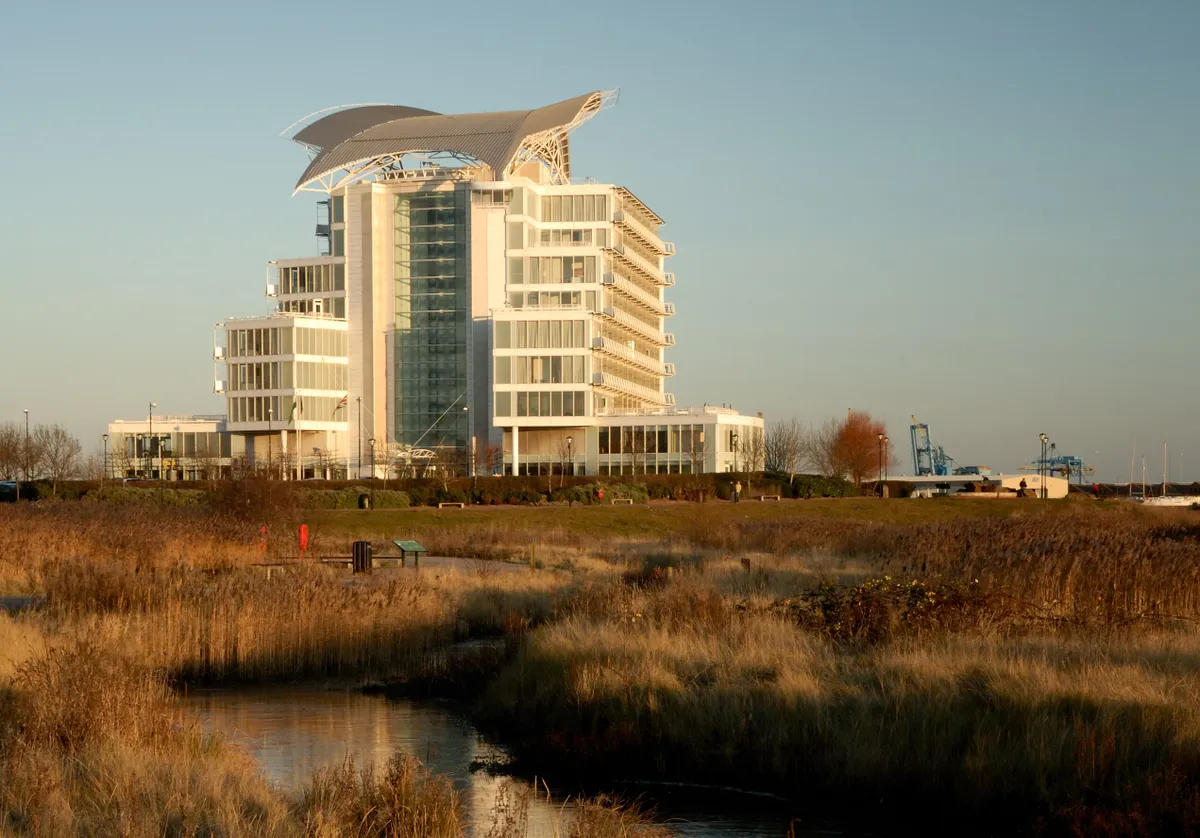
Just a mile and half from the centre of the Welsh Capital, the Howardian Local Nature Reserve is a tranquil oasis of wildflower meadows, ponds and reedbeds filled with orchids and butterflies. There’s even a stream and waterfalls hidden away in the woodland. 25,000 trees and shrubs have been planted to expand the coppices that already existed in the area. It all makes for special habitat covering 32 acres that is home to a magical menagerie of animals include newts, dormice, voles, slow worms, shrew, frogs and foxes.
Created in 2002, the Cardiff Bay Wetlands Reserve, is a massive area along the mouth of the River Taff and Cardiff Bay. Previously saline mudflats were transferred into freshwater marshland and a 400 acre lake. The site is home to many migrating and breeding birds including herons, grebes and kingfishers.